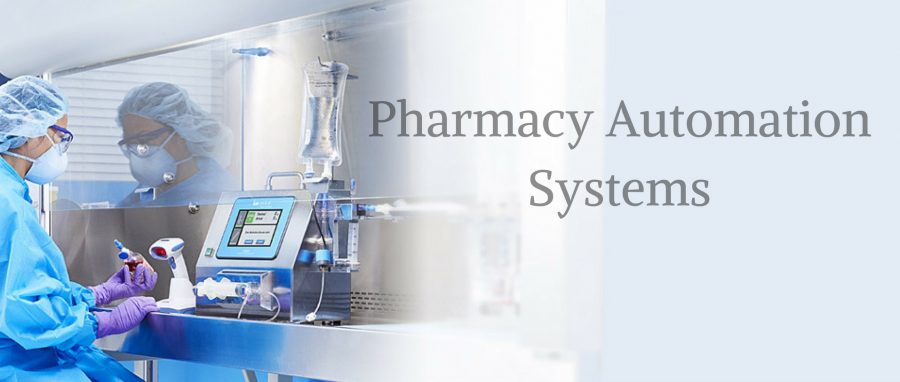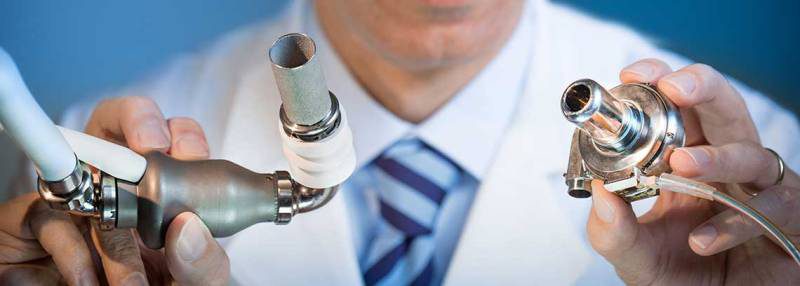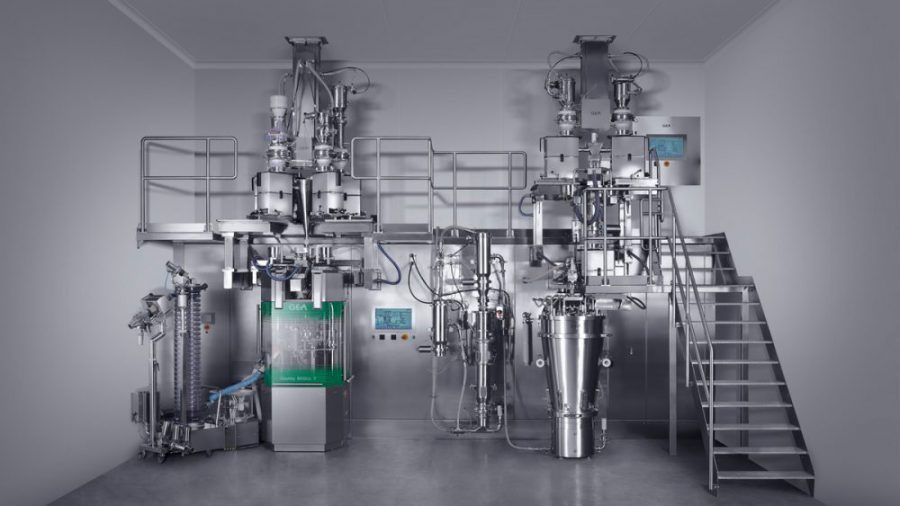Pharmacy use automation systems to meet broad need of pharmacies. Automation system in pharmacy reduces their medical inventory and improves cash flow. Pharmacy automation system includes medication dispensing cabinets, packaging & labeling machines, IV pharmacy, robotic dispensing machines, carousel storage and tablet splitters. This helps patients especially the elderly, take their medication at the right times. Some of the advantages of pharmacy automation systems include higher reliability and accuracy, flexible design to meet individual pharmacy requirements, reduces drug wastage and medication cost, minimize time-consuming labor work and improve work efficiency, increases pharmacist time to consult with patients and enhances patient’s experiences.
Use of pharmacy automation system helps in improving efficiency and productivity of the pharmacy is a primary driver for the pharmacy automation system market growth. Beside this, reduce medication errors, rush in pharmacy centers, reduce inventory and space saving design of the machine are also some of the factors leading to increase demand for pharmacy automation systems. However, high cost of implementation of automation system to hinder the market growth. Continually developing new solutions to aid pharmacies in increasing throughput can create more opportunities in near future.
Geographically, North America held the largest market share in 2017 and is expected to dominate throughout the forecast period. Meanwhile Europe is the second largest market for pharmacy automation system. In North America, heavy investment is been done in pharmacy automation in order to minimize the medication errors. This investment was done in pharmacy automation as it was found that error in medication prescription dispensing was a leading cause of death in North America after cancer, heart attack and stroke. Asia pacific is expected to grow at the highest CAGR on account of rising awareness and investment in healthcare infrastructure.







